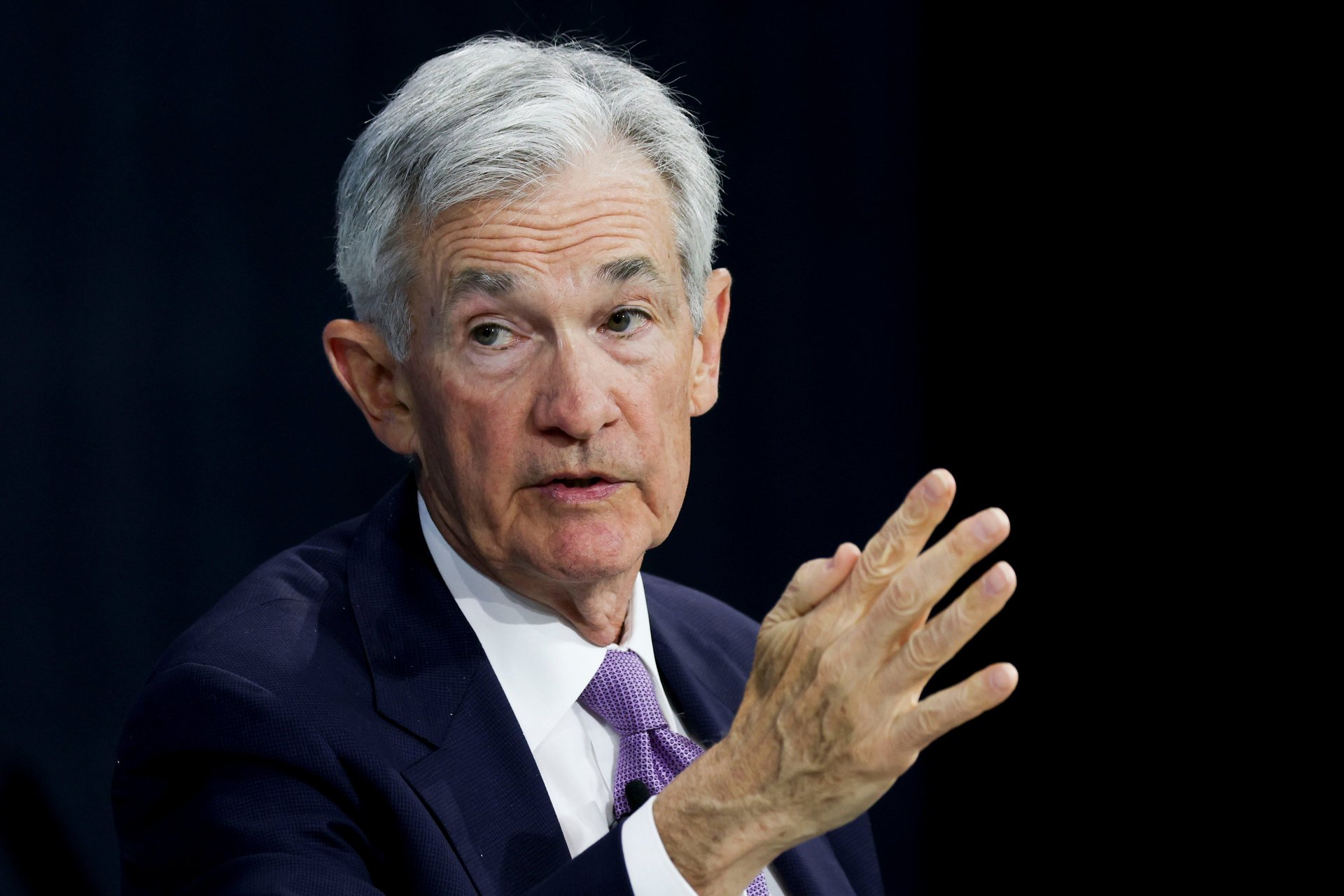The Fed carried out a 3rd straight interest rate cut — but will take a 'more cautious' approach in 2025
Sticky inflation and rising unemployment could make the Fed press pause on rate cuts in 2025

The Federal Reserve carried out its third consecutive interest rate cut of the year Wednesday, as its monetary policy easing campaign shows signs of heading for a slowdown.
Suggested Reading
Following its two-day meeting, the Federal Open Market Committee voted to lower rates by 25 basis points. In all, the Fed has reduced rates by a full percentage point since September, bringing the benchmark federal funds rate to 4.25%-4.50%.
Related Content
“Since earlier in the year, labor market conditions have generally eased, and the unemployment rate has moved up but remains low,” the FOMC said in a statement. “Inflation has made progress toward the Committee’s 2 percent objective but remains somewhat elevated.”
The central bank indicated that it could carry out just two more reductions to the federal funds rate in 2025, given quarter-point cuts, according to its updated Summary of Economic Projections.
Fed Chair Jerome Powell similarly signaled that the Fed will take a “more cautious” approach to monetary policy next year.
“As for additional cuts, we’re going to be looking for further progress on inflation as well as continued strength in the labor market,” Powell said in a press conference Wednesday. “And as long as the economy and the labor market are solid, we can be cautious as we consider further cuts.”
Powell said that the decision to cut rates was a “closer call” than previous reductions, but that the FOMC ultimately decided it was “the right call” to balance inflation and labor market goals.
Cleveland Fed President Beth Hammack was the only member to vote against the action, preferring to keep rates at their previous level. Hammack’s is the second dissenting vote in the Fed’s recent rate cutting cycle, a departure from the typically unanimous decisions of the committee. Fed Governor Michelle Bowman voted against the jumbo, half-point cut in September — the first dissent since 2005.
While the Fed has continued to make progress on inflation, recent data has shown that price growth remains sticky. The Consumer Price Index (CPI) rose 0.3% in November, lifting the annual inflation rate to 2.7%, the Bureau of Labor Statistics reported last week. The Fed’s preferred inflation gauge, the Personal Consumption Expenditures (PCE) index, climbed 2.3% year-over-year and 0.2% on a monthly basis in October.
For 2024, the Fed is expecting 2.4% headline PCE inflation, a slight increase from 2.3% in its September projections, and 2.8% core inflation, up from 2.6%. By the end of next year, it’s expecting both core and headline inflation to tick down slightly to 2.5%.
“The Fed anticipates stronger economic growth, lower unemployment and higher inflation in 2025 than they did a few months ago,” Elizabeth Renter, senior economist at NerdWallet, said in a statement. “As such, interest rates are unlikely to decrease a whole lot in the coming year.”
Central bank officials have begun to express concern over when and how they will reach their 2% inflation target. Fed Governor Christopher Waller said in prepared remarks earlier this month that progress on inflation may be “stalling.”
“Overall, I feel like an MMA fighter who keeps getting inflation in a choke hold, waiting for it to tap out yet it keeps slipping out of my grasp at the last minute,” he said.
Unemployment ticked up to 4.2% in November, but job creation came in stronger than expected, with the U.S. economy adding 227,000 jobs. The BLS also upwardly revised October hiring to 24,000 from 12,000, and September job figures to 255,000 from 223,000.
Economists have been widely expecting the Fed to signal a slowing pace of rate cuts in 2025, shifting to a quarterly schedule with reductions starting back up again in March. Goldman Sachs (GS) earlier revised its forecast, projecting cuts in March, June, and September, with a higher terminal rate of 3.5-3.75%, researchers at the investment bank led by Jan Hatzius said in a note Sunday.
The Fed could also take a more cautious approach towards monetary policy given uncertainty around the incoming administration’s economic plans, Goldman said. In particular, president-elect Donald Trump’s proposed universal tariff, could push inflation back up above 3%, according to the investment bank’s projections. That could give the Fed pause.
“The FOMC might worry that delivering too many cuts could look inappropriate in hindsight if tariffs boost inflation meaningfully and might therefore prefer to wait for clarity about what is coming,” the economists said.
